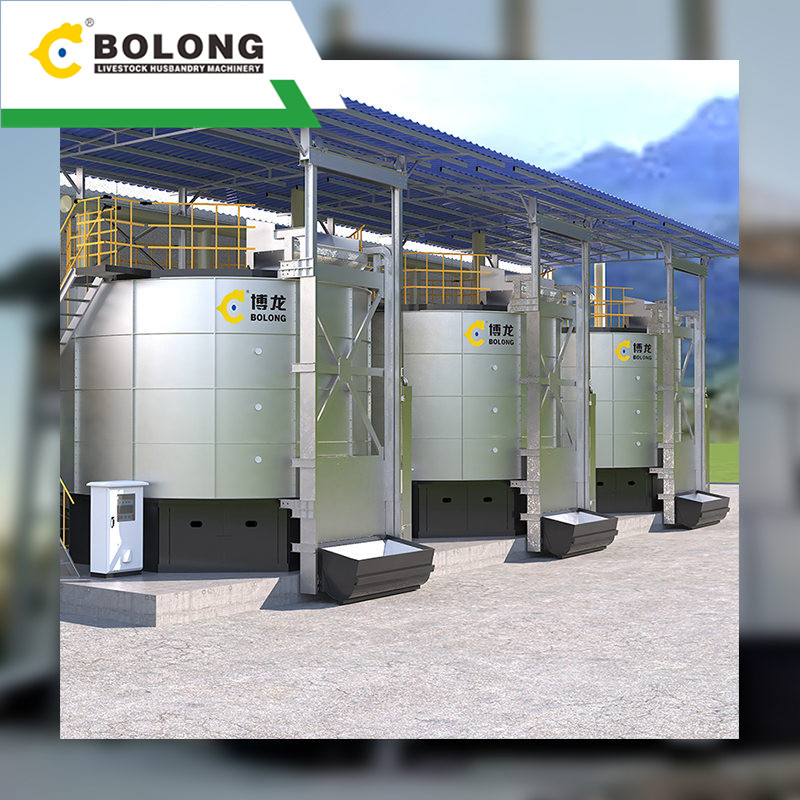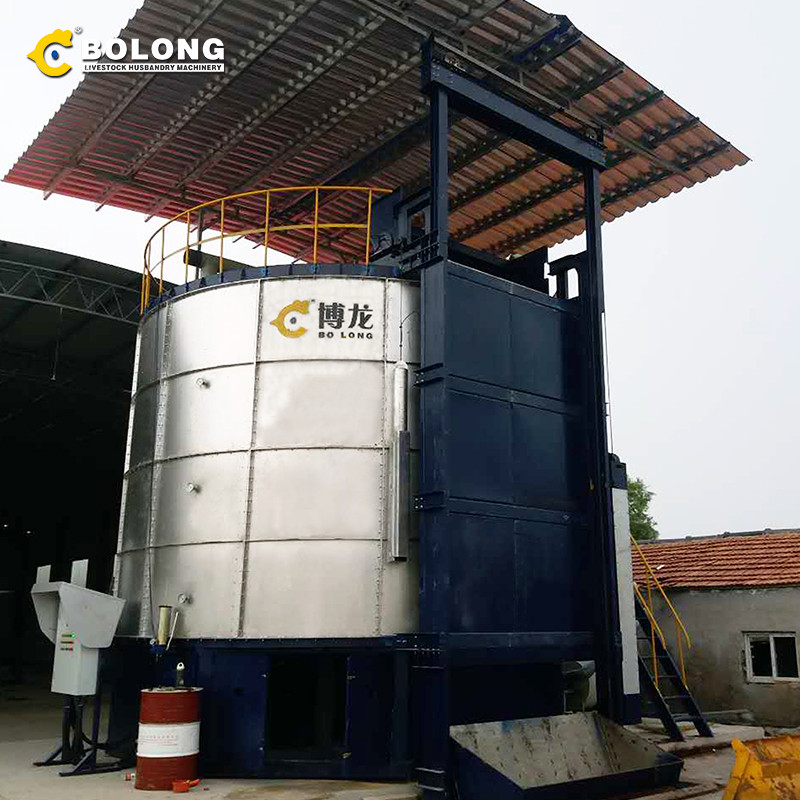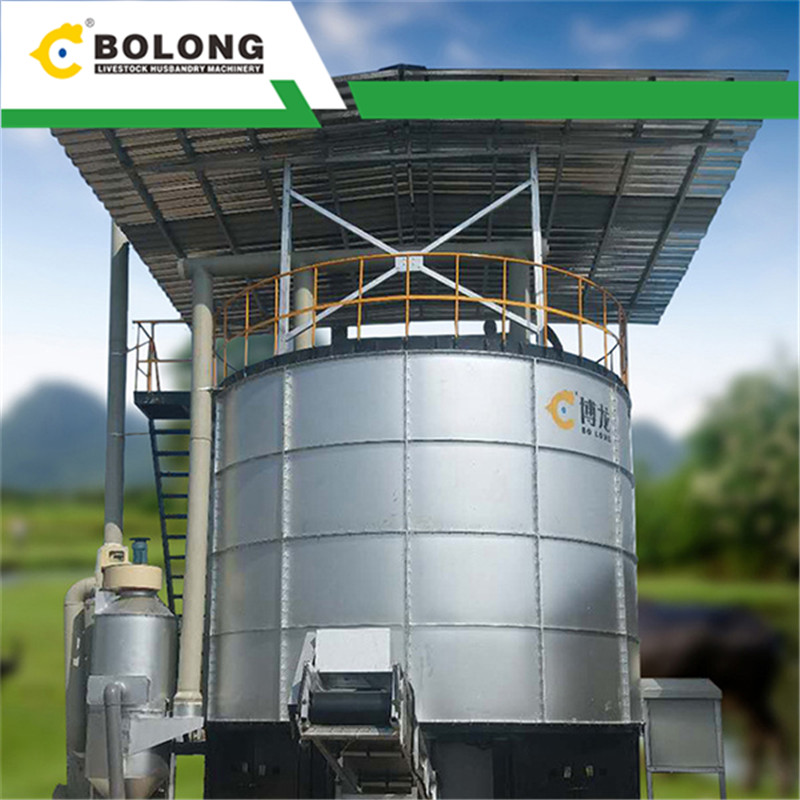2023/8/1/ · Food waste (FW) has been recognized as essential reservoir for resource recovery via anaerobic fermentation, which could also bring the potential risk of antibiotic resistance genes (ARGs) dissemination. Although the structural deficiency of FW could be stimulated by enzymatic pretreatment to enhance fermentation efficiency, the influences




